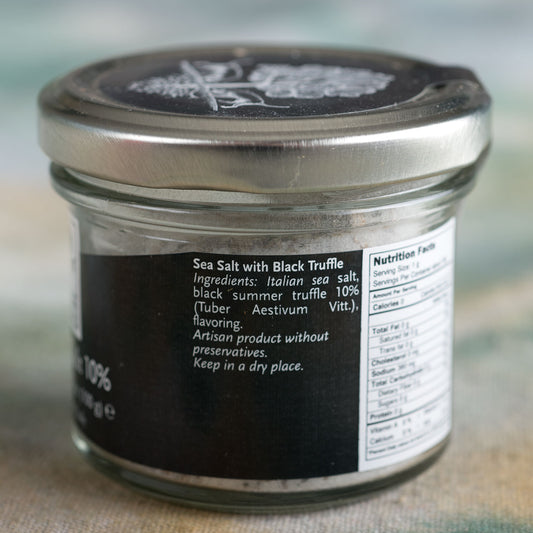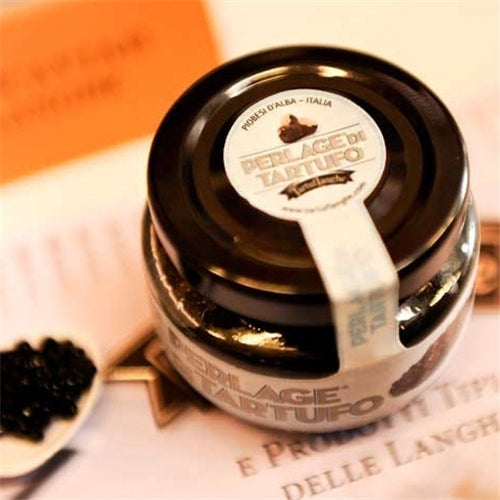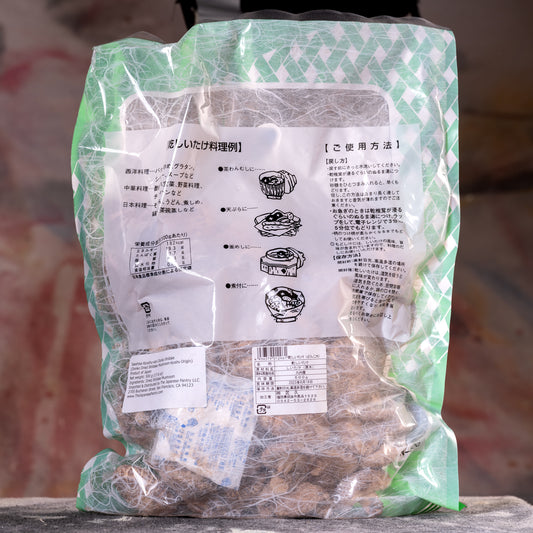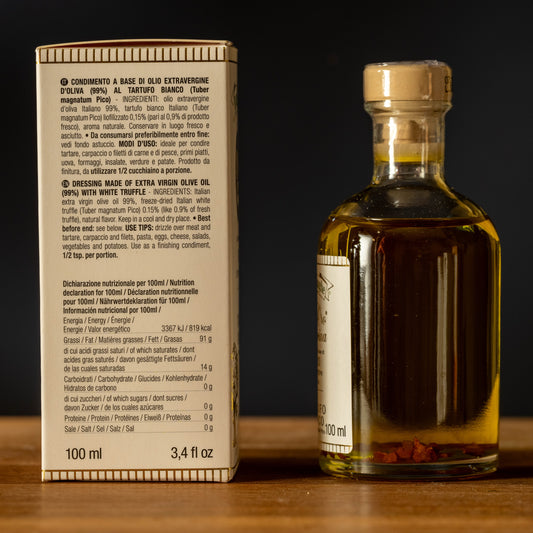Truffles & Mushrooms
about Truffles & Mushrooms: click here to read more
Mushrooms are the fruiting bodies of fungi, a distinct kingdom of life separate from plants and animals. They grow from microscopic spores, typically in moist, nutrient-rich environments like decaying wood, soil, or compost. The main part of the fungus, called mycelium, lives underground or within its food source, sending up mushrooms when conditions are right. In culinary use, mushrooms are prized for their umami flavor and meaty texture. Varieties like button, shiitake, and portobello are common in cooking, used in everything from soups and sauces to stir-fries and gourmet dishes. Some mushrooms are also valued for their medicinal properties or are foraged as delicacies.
Truffles are a type of underground fungi, closely related to mushrooms but with key differences in how they grow and are used. Unlike mushrooms, which fruit above ground, truffles form below the surface near the roots of specific trees like oaks and hazelnuts, in a symbiotic relationship. They grow from spores and spread via animals that eat them and excrete the spores. Truffles are rare and hard to cultivate, requiring specific soil, climate, and tree hosts, and are often found with the help of trained dogs or pigs due to their strong, earthy aroma. In the culinary world, truffles are a luxury ingredient known for their intense, complex flavor and aroma. They're used sparingly—shaved over pasta, infused into oils, or added to gourmet dishes—to impart richness and depth. While both mushrooms and truffles are fungi and share some flavor elements, truffles are far more aromatic, rare, and expensive.
-
Dried Shiitake Mushroom - Donko
Regular price $23.95 USDRegular priceUnit price / per$0.00 USDSale price $23.95 USD -
Tartuflanghe Summer Truffle Slices in Olive Oil
Regular price $41.55 USDRegular priceUnit price / per$0.00 USDSale price $41.55 USD -
Tartuflanghe Dalbosco White Truffle Powder
Regular price $44.55 USDRegular priceUnit price / per -
Truffle Salt (10%)
Regular price $32.95 USDRegular priceUnit price / per$0.00 USDSale price $32.95 USD -
Masseria Mirogallo King Trumpet Mushrooms in EVOO
Regular price $15.55 USDRegular priceUnit price / per$0.00 USDSale price $15.55 USD -
Black Truffle Caviar
Regular price $41.95 USDRegular priceUnit price / per$0.00 USDSale price $41.95 USD -
Dried Shiitake Mushroom - Donko - 500 gram bag
Regular price $178.00 USDRegular priceUnit price / per$0.00 USDSale price $178.00 USD -
Tartuflanghe Mayonnaise with White Truffle
Regular price $23.95 USDRegular priceUnit price / per$0.00 USDSale price $23.95 USD -
Tartuflanghe White Truffle Olive Oil
Regular price $41.95 USDRegular priceUnit price / per$0.00 USDSale price $41.95 USD -
Tartuflanghe Summer Black Truffle Olive Oil
Regular price $39.95 USDRegular priceUnit price / per$0.00 USDSale price $39.95 USD -
 Restocking - choose Notify me
Restocking - choose Notify meFresh Black Perigord Winter Truffles - 1 pound
Regular price $859.00 USDRegular priceUnit price / per$0.00 USDSale price $859.00 USDRestocking - choose Notify me -
 Restocking - choose Notify me
Restocking - choose Notify meFresh Black Perigord Winter Truffles - 1/4 pound
Regular price $259.00 USDRegular priceUnit price / per$0.00 USDSale price $259.00 USDRestocking - choose Notify me -
 Restocking - choose Notify me
Restocking - choose Notify meFresh Black Perigord Winter Truffles - 2 pounds
Regular price $1,499.00 USDRegular priceUnit price / per$2,000.00 USDSale price $1,499.00 USDRestocking - choose Notify me -

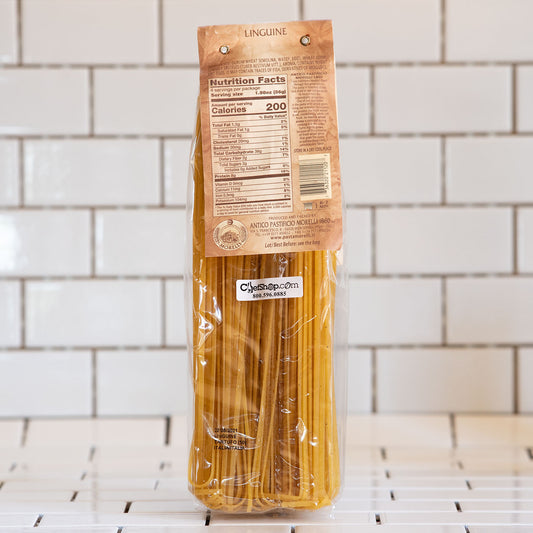 Restocking - choose Notify me
Restocking - choose Notify meMorelli Wheat Germ Tagliolini Pasta with Truffle
Regular price $11.95 USDRegular priceUnit price / per$0.00 USDSale price $11.95 USDRestocking - choose Notify me -

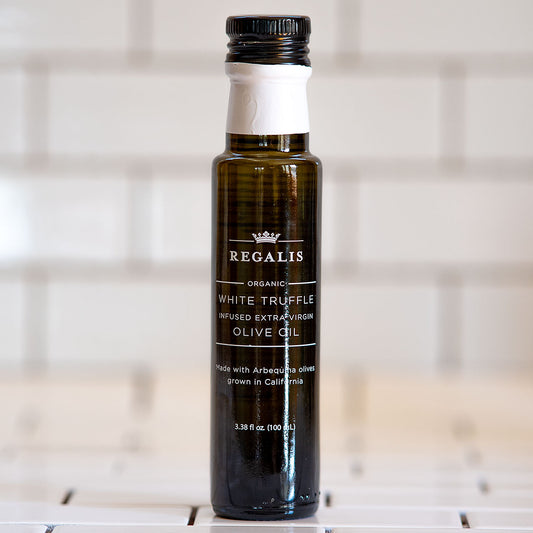 Restocking - choose Notify me
Restocking - choose Notify meRegalis Organic White Truffle Arbequina Olive Oil
Regular price $26.95 USDRegular priceUnit price / per$0.00 USDSale price $26.95 USDRestocking - choose Notify me -

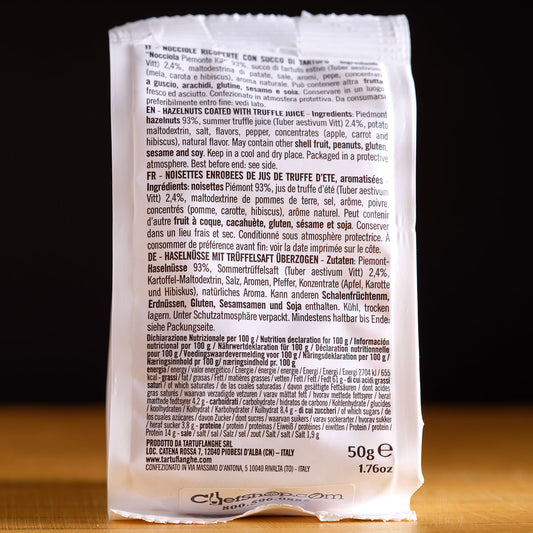 Restocking - choose Notify me
Restocking - choose Notify meTartuflanche Truffle Hazelnuts
Regular price $11.95 USDRegular priceUnit price / per$0.00 USDSale price $11.95 USDRestocking - choose Notify me -

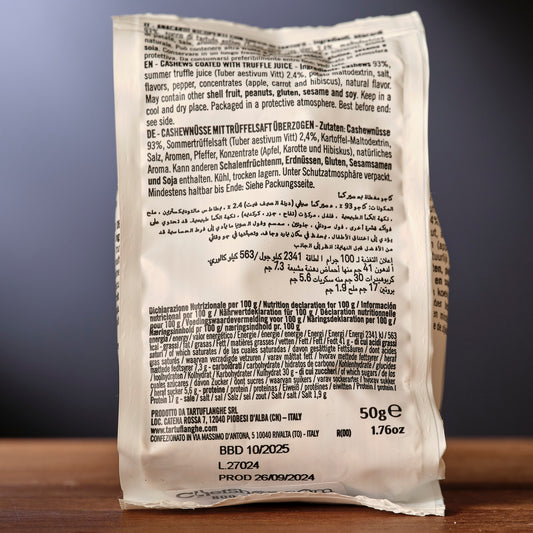 Restocking - choose Notify me
Restocking - choose Notify meTartuflanghe Anacardi Succo di Tartufo - Salted Truffle Cashews
Regular price $11.95 USDRegular priceUnit price / per -

 Restocking - choose Notify me
Restocking - choose Notify meRegalis Organic Black Truffle Arbequina Olive Oil
Regular price $28.95 USDRegular priceUnit price / per$0.00 USDSale price $28.95 USDRestocking - choose Notify me -

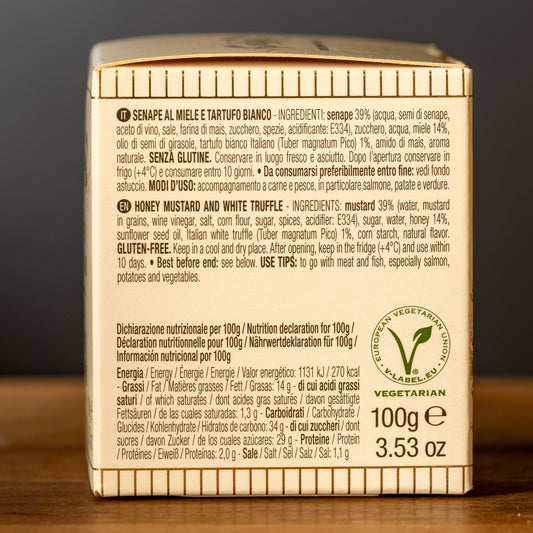 Restocking - choose Notify me
Restocking - choose Notify meTartuflanghe Senape al Miele - Honey Mustard with White Truffle
Regular price $19.95 USDRegular priceUnit price / per$0.00 USDSale price $19.95 USDRestocking - choose Notify me -

 Restocking - choose Notify me
Restocking - choose Notify meTartuflanghe Parmigiano Reggiano and Truffle Cream
Regular price $33.95 USDRegular priceUnit price / per$0.00 USDSale price $33.95 USDRestocking - choose Notify me -

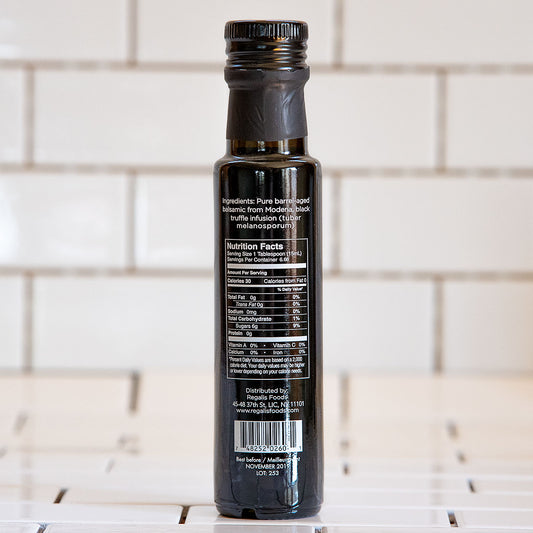 Restocking - choose Notify me
Restocking - choose Notify meRegalis 18-Year Balsamic with Black Truffle
Regular price $27.95 USDRegular priceUnit price / per$0.00 USDSale price $27.95 USDRestocking - choose Notify me -
 Restocking - choose Notify me
Restocking - choose Notify meTartufLanghe Acacia Honey with White Truffle Slices - Small
Regular price $14.95 USDRegular priceUnit price / per$0.00 USDSale price $14.95 USDRestocking - choose Notify me -

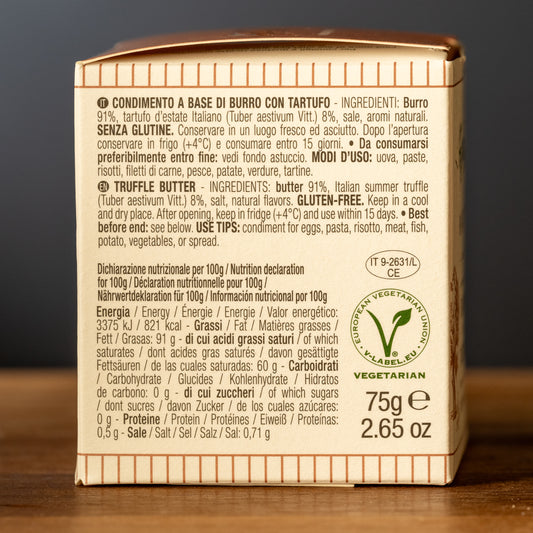 Restocking - choose Notify me
Restocking - choose Notify meTartufLanghe Bouquet Truffle Butter
Regular price $33.95 USDRegular priceUnit price / per$0.00 USDSale price $33.95 USDRestocking - choose Notify me -

 Restocking - choose Notify me
Restocking - choose Notify meTartuflanghe Porcini Mushroom Sauce with Truffle
Regular price $28.95 USDRegular priceUnit price / per$0.00 USDSale price $28.95 USDRestocking - choose Notify me -

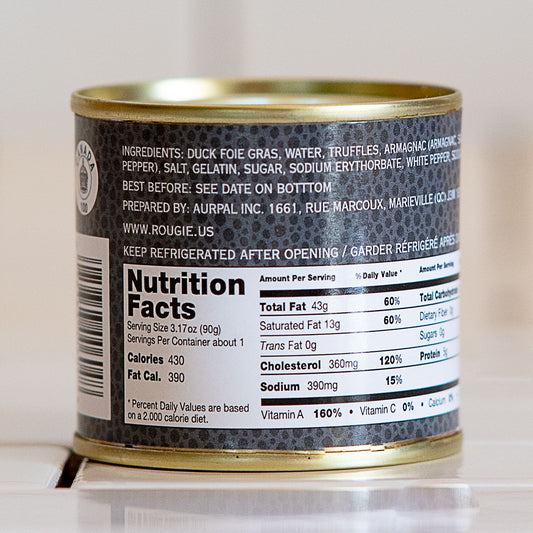 Restocking - choose Notify me
Restocking - choose Notify meRougie Duck Foie Gras with Truffles
Regular price $44.95 USDRegular priceUnit price / per$0.00 USDSale price $44.95 USDRestocking - choose Notify me



